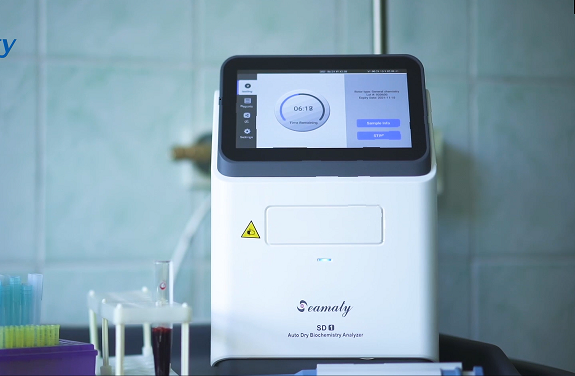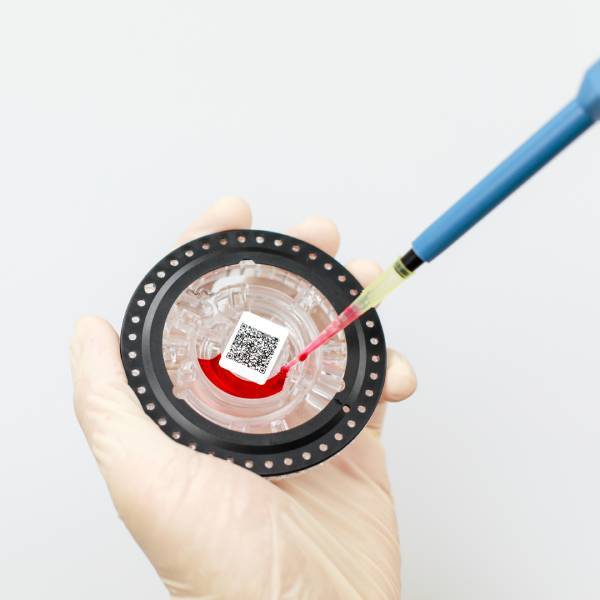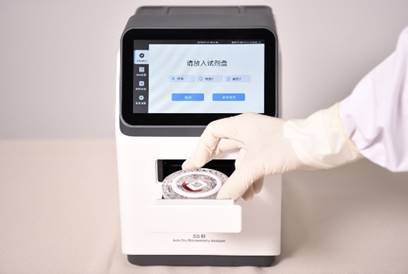Point-of-Care (POC) diagnostic instruments have a huge market potential from the current perspective. Their quick and easy operation, small and portable size, and low price are ideal for use in developing countries, where POCT devices can greatly improve disease detection and treatment.
But changing market demands also pose unique challenges for miniaturization of diagnostic tests. For researchers, overcoming these challenges means replicating the functionality used in the laboratory into a miniaturized, portable, easy-to-use POCT device, and finally commercializing it to meet the needs of developing countries. For researchers, overcoming these challenges means that researchers need to replicate the functionality used in the laboratory into a miniaturized, portable, easy-to-use POCT device, and finally commercialize it to meet customer requirements.
Below we discuss some of the challenges posed by miniaturized in vitro diagnostic products.
01 POCT device material cost
Common laboratory diagnostics often use arrays and magnetic beads manufactured on glass or silicone for diagnostics. This poses difficulties for the design and manufacture of POCT devices. the nature of the POCT market requires that products must be inexpensive to meet the needs of a wider range of users. The materials used in conventional laboratory products may not meet the requirements of POCT products. Cost-effective materials (e.g., paper or plastic) are an essential component, especially when considering the potential of POCT diagnostics to improve the capacity of healthcare systems in developing countries.
02 POCT device material properties
The materials used in POCT diagnostic instruments should be flexible and able to withstand unpredictable environmental stresses. Typically in vitro diagnostic devices are used in conventional laboratories where all aspects of humidity, temperature, contaminant control and the way the test itself is performed are well controlled, making it a completely ideal laboratory environment. However, the environment in which POCT devices are used is much more complex and can be influenced by untrained, non-professional operators, non-clean use environments, etc.
The most common technique, lateral chromatography, for example, uses capillary action to aspirate the sample from the conjugate pad to the membrane. Lateral chromatography tests have been successfully used in POCT diagnostic instruments such as pregnancy tests and strips for a variety of pathogens. The transfer from laboratory to POCT involves several considerations, such as the choice of material for the sample pad and conjugate pad has an impact on the design of the device housing and the accuracy of the test. For example, thickness, porosity and tensile strength can affect the volume and rate at which the sample reaches the membrane.
03 Detection limits of POCT devices
The high requirements for detection limits in different application scenarios for POCT products also pose a challenge to the product design. For example, some cancer markers have concentrations of 10 -14 g/mL.
POCT instruments that detect low concentrations of targets require that the target be amplified prior to testing or that the sensitivity of the instrument be increased. The question for POCT designers is which method to use to achieve the goal and how to integrate such a method into the tiny physical space of a POCT without compromising detection performance.
04 The complexity of the POCT device
POCT instruments need to be user-friendly from sample collection through to presentation of results. This makes the complexity of the instrument design an important challenge. The operational steps involved in diagnostic instruments vary depending on the test item and may include complex sample collection, sample pretreatment to eliminate unnecessary components, flow during testing, sensitivity and reproducibility considerations, and may even require additional setup or administration by the user. Integrating such complex processes into a single instrument and ensuring good usability is a multi-faceted consideration for the designer.
The challenges outlined above do not fully cover the issues faced in the design and production of POCT diagnostic instruments.



